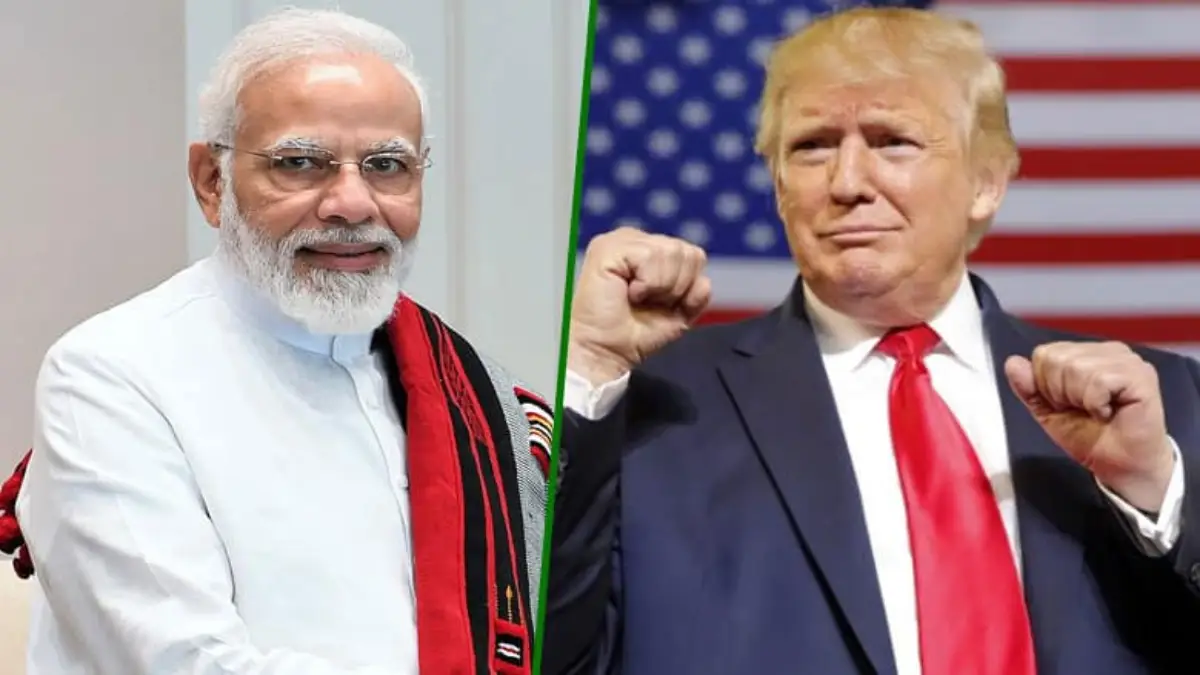US President Donald Trump has reiterated his assertion that he played a pivotal role in de-escalating a military conflict between India and Pakistan in May 2025, claiming he used trade and tariff threats to secure a ceasefire. Speaking at a White House cabinet meeting, Trump recounted a conversation with Indian Prime Minister Narendra Modi, describing the “tremendous hatred” between the two nations. He stated that he warned Modi against a potential nuclear war, threatening to withhold trade deals and impose steep tariffs that would “make your head spin.” Trump claimed that within five hours of his intervention, India and Pakistan reached a peace agreement, though he acknowledged the possibility of renewed tensions.
India, however, has consistently rejected Trump’s claims. The Indian government maintains that the ceasefire was achieved through direct talks between the Directors General of Military Operations (DGMOs) of both countries, with no involvement from Washington. The conflict, which followed a terror attack in Pahalgam in April 2025, saw India launch Operation Sindoor, targeting terror camps in Pakistan. Pakistan sought a ceasefire on May 10, ending four days of intense cross-border strikes.
Trump has repeatedly emphasized his role in the ceasefire, mentioning it over 40 times since May 10, when he announced on social media that India and Pakistan had agreed to a “full and immediate” ceasefire after US-mediated talks. He further claimed that he used tariffs and trade leverage to stop four of seven global conflicts he says he resolved, including those in Thailand-Cambodia and Iran-Israel. Pakistan has credited Trump’s involvement, aligning with his narrative to strengthen ties with the US.
The remarks come amid strained US-India relations, with Trump imposing a 50% tariff on Indian imports, citing New Delhi’s purchases of Russian oil. India has called these tariffs “unfair,” highlighting tensions over trade and geopolitical strategies.
